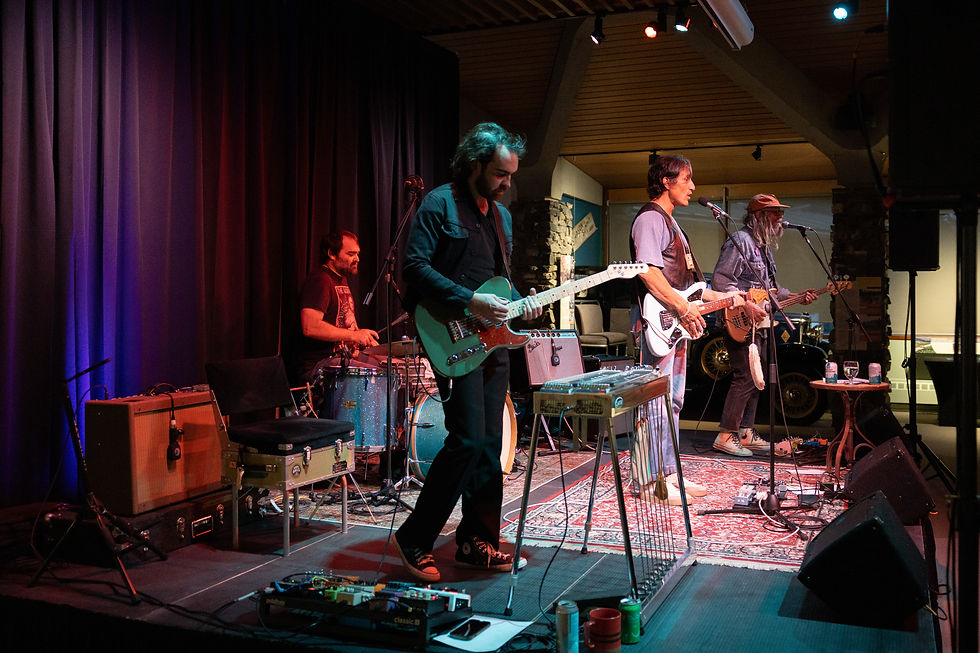A Friend in the Archive
- Sep 13, 2019
- 3 min read
Updated: Sep 16, 2019
By Courtney Maxwell-Alves, Archive and Library Assistant
Without opening a single box, I knew I liked her: everything was meticulously labelled and organized. Considering most items arrive at the archive in a much different state, I was excited. I knew I had found a friend in Dorothy Wardle.

As the new Archive and Library Assistant at the Whyte Museum of the Canadian Rockies, I have the privilege to delve in to our backlog and process diverse materials, making them available to our users. As I make my way through these materials, I will share the stories of the people I meet and the unique gems I find in the archive.
Dorothy Hope Wardle was born on May 23,1919 to James and Leette Wardle. Her father was a civil engineer for the Government of Canada whose work brought the family to Banff. Dorothy grew up in Banff, went to the Mountain School operated by Margaret Greenham, and participated in the official trail rides with the Trail Riders of the Canadian Rockies. Although the family had a home in Ottawa, Dorothy was fiercely protective of Banff. In 1975, she wrote a heated letter-to-the-editor of the Calgary Herald responding to an earlier editorial that applauded the renaming of Castle Mountain to Mount Eisenhower in 1946 under the Mackenzie King administration. In her diligent recordkeeping, Dorothy maintained a file labelled “The Castle Mountain Battle” and maintained meticulous records surrounding its renaming in 1946, as well as the fight to have the Castle name restored in 1975-76.


Dorothy was exceptional in many respects, including graduating from Queen’s University in 1942 and becoming the first female president elected for Queen’s Alma Mater Society in 1941. During her academic career, Dorothy was also a member of the Levana Intercollegiate Debative, University Centenary Committee, and Queen’s War Aid Commission. She was the first Secretary-in-Charge of Records of Carleton College (now Carleton University) from 1942-1944, a self-described “research type” as a secretary for the Glenbow Foundation in the mid-1950s, and from there worked as a freelance writer. As a young woman living and working in the middle of wartime Ottawa, Dorothy’s photographs and books from this period are littered with annotations of names of people she knew who went (and often died) overseas.



From the 11 boxes that make up this fonds, I discovered a trailblazing woman who was always smiling and had an incredible eye for detail. Her family owned a home in Banff, and although Dorothy sold the home upon the death of her father in 1971, her Need to Reside in Banff was acknowledged by Parks Canada in 1984, based primarily on her ongoing membership and volunteer work with the Whyte Museum of the Canadian Rockies. Although she eventually moved to Sidney, British Columbia (where she died in 2003), Dorothy was laid to rest alongside her parents in the family plot at the Old Banff Cemetery.

Dorothy and her family were avid travellers and a good portion of her records are related to their travels overseas and in North America. Among the photographs and travel guides are many small notebooks in which Dorothy recorded, in often minute detail, their travel experiences and expenses. Going through these materials showed me how similar we are, and with every box or folder I open I feel that we would have been good friends.
As I completed my initial overview of the materials I had for the Wardle family, it became increasingly apparent that these records mostly belonged to Dorothy. In archives, it is not uncommon for records belonging to women to be grouped with the wider family unit or closest (usually male) relative. For example, it would be all too easy to focus on James Wardle who was, among many other important things, the Superintendent of Banff National Park from 1918-1921. Yet, I am not presented with James Wardle’s personal papers or correspondence or collected research materials; these records all belong to Dorothy. It is her life that I am going through while processing, and while her father was an important figure in Banff and Canada, this is Dorothy’s fonds.

Banff’s recorded history is dominated by adventurous and entrepreneurial men (and some women, cue Mary Schäffer, Lizzie Rummel, and Catharine Robb Whyte). Many of these men had wives and daughters who were just as adventurous and enterprising, and rather than having their own fonds their records were integrated with the “family.” This was, after all, accepted practice. But things change. As a conscious decision I have selected to rename the Wardle Family fonds to the Dorothy Wardle fonds. In the early twentieth century, Banff produced a number of independent, confident, intelligent, adventurous, and fierce women. Why not let our holdings reflect that?



Comments